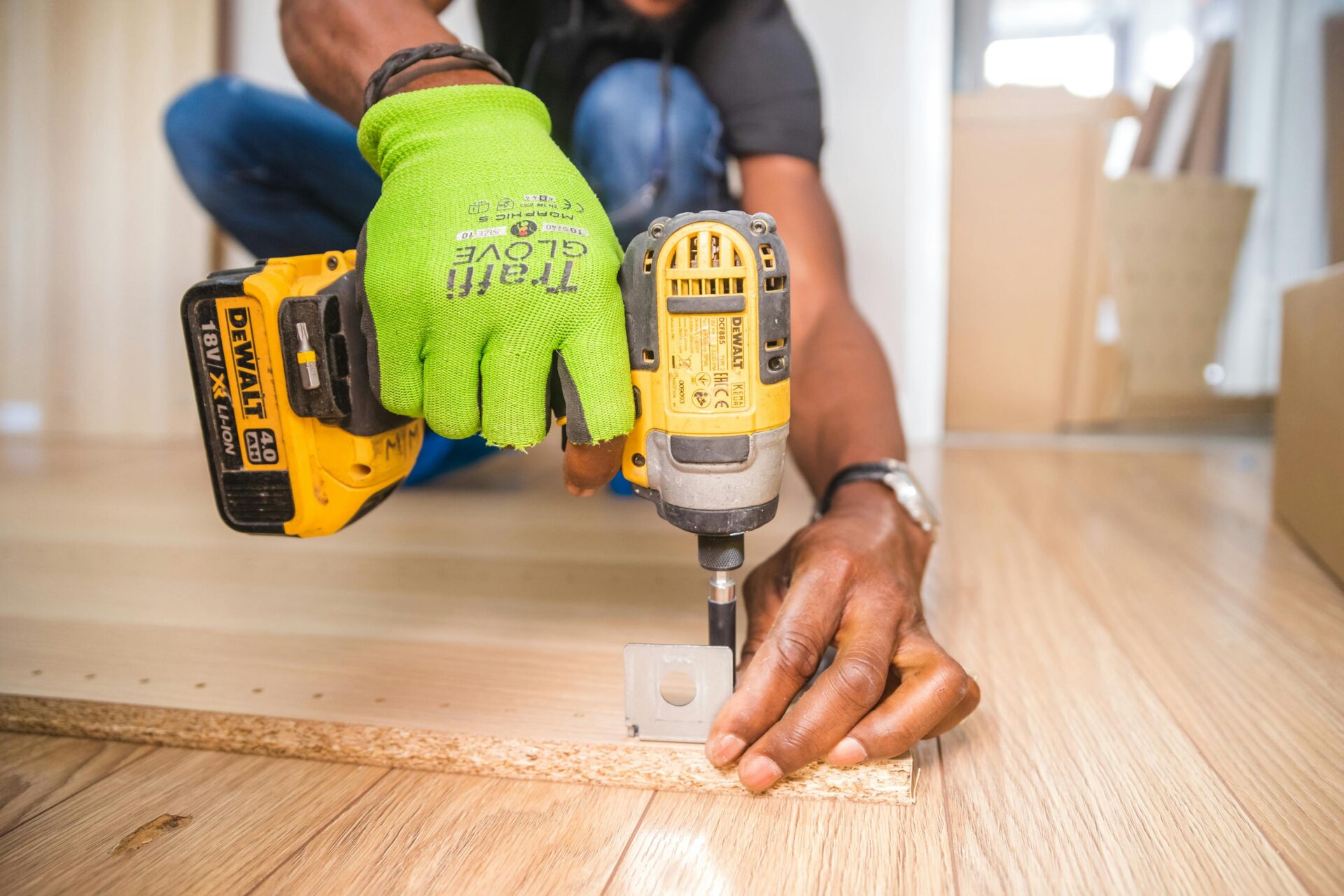If you’re passionate about fishing or love DIY projects, creating your own fishing rod with wood is a rewarding experience. Whether you’re a beginner or seasoned fisherman, this guide will show you how to make a wooden fishing rod from scratch. Let’s dive into the process with the best materials and techniques for a sturdy, eco-friendly fishing rod.
Materials Needed for DIY Wooden Fishing Rod:
- A straight piece of wood (such as bamboo or flexible hardwood)
- Fishing line (monofilament or braided)
- Fishing hooks
- Sandpaper or a file
- Knife or whittling tool
- Wood varnish or oil (optional for sealing)
- Strong string or twine for securing
Step 1: Selecting the Right Wood
Choose a straight and flexible piece of wood that is roughly your height or longer. Bamboo is ideal due to its flexibility and strength, but other types of hardwood like willow or ash work well too. Make sure the wood is healthy, without cracks or knots.
- Tip: Ensure the wood is as straight as possible to avoid warping when using the rod.
Step 2: Preparing the Wood
Once you’ve chosen your wood, remove any bark and leaves. Use your knife or whittling tool to smooth the surface. If the wood is too thick, carve it down to a comfortable diameter for your hand.
- Pro Tip: Sand the rod with sandpaper to make the surface smooth and remove any splinters. You can also taper the top end of the rod slightly for better flexibility.
Step 3: Creating the Handle
Decide on a section of the wood that will serve as the handle. This is usually the thicker base part of the rod. You can leave the handle natural or wrap it with twine or string to improve grip.
- SEO Focus: Enhance the comfort of your wooden fishing rod handle by wrapping it with cloth, leather, or cork.
Step 4: Attaching the Fishing Line
At the tip of your rod, carve a small notch or tie a loop of string to attach your fishing line. Secure the line tightly to prevent it from slipping. Run the line down the length of the rod and attach it securely near the handle as well.
- SEO Keywords: Secure fishing line to the wooden rod using a double knot or wrapping method.
Step 5: Adding the Fishing Hook
Tie a fishing hook to the end of your line. You can use a basic knot like the improved clinch knot to secure the hook. If you’re using a natural bait, make sure the hook is strong and sharp enough to hold onto it.
- SEO Focus: Attach the fishing hook securely for the best performance with your homemade wooden fishing rod.
Step 6: Finishing and Sealing the Rod (Optional)
For added durability, consider sealing the wood with a varnish or wood oil. This will protect the rod from moisture and increase its lifespan. Allow the varnish to dry thoroughly before use.
- Pro Tip: Sealing your wooden fishing rod prevents warping and makes it weather-resistant.
Step 7: Testing Your Wooden Fishing Rod
Before heading out to the water, test your rod. Give it a gentle cast to ensure that the line is securely fastened and that the rod has the right amount of flexibility. Adjust the length of the line or tighten the knots as needed.
- SEO Keywords: Test your DIY fishing rod with wood for balance and flexibility to improve fishing success.
Conclusion
Building your own wooden fishing rod is a fulfilling DIY project that connects you with the traditions of fishing. With just a few basic tools and materials, you can create a functional, environmentally-friendly fishing rod. Remember to take good care of your rod by drying it after each use and storing it in a dry place. Happy fishing!



